Jacques-Louis David, a French artist, was one of the greatest neoclassical painters. Born in Paris on August 30, 1748, he received an excellent education and was outstanding at drawing from a young age. After studying with well-known artists, he entered Royal Academy of Painting and Sculpture. A 5-year stay in Rome, during which he studied ancient ruins, classical sculpture and Italian masterpieces proved fundamental for his training. He developed a style inspired by ancient art and 16th- and 17th-century masters. But in David’s painting the rediscovery of tradition extended beyond style. He identified models of virtue and civic duty in Roman history and the Greek epics.
An example of the expression of these values can be seen in The Oath of Horatii [1784-85], which represents an episode of Roman history. The three brothers portrayed in the painting swear to fight honorably for Rome’s victory in the war against Albalonga. Their zeal to sacrifice life for country makes them examples of courage and moral fiber. David’s style is solemn and imparts a sense of majesty to his subject. David’s life coincided with a turbulent period in European history. In 1789 the French Revolution broke out in Paris. David was committed to the revolutionary cause, and supported the radical Jacobins who aimed to turn France into a republic. Elected as a deputy in the new Parliament, David began to reform the arts, abolishing the old art academy and establishing a Commune of the Arts. During this period he began to paint scenes from the revolution, including the Death of Marat, one of his masterpieces. The painting depicts Jacobin leader Jean-Paul Marat, murdered by a noblewoman who supported the more moderate Girondists. The Girondists came into power in 1794. David, along with many Jacobins, was arrested and sent to prison. He started to see the need for reconciliation between the different revolutionary factions. The female figure that intervenes to separate the Romans from the Sabines in the painting The Intervention of the Sabine Women symbolizes this need for reconciliation.
Napoleon Bonaparte rose to power in 1799. David believed he was the right man to lead France and became his official painter. He painted several portraits celebrating Napoleon, each of which glorified the general’s achievements and praised his character. After the fall of Napoleon in 1815, David moved to Brussels, where he painted mythological subjects. He died in Brussels on December 29, 1825. He was 77.
An example of the expression of these values can be seen in The Oath of Horatii [1784-85], which represents an episode of Roman history. The three brothers portrayed in the painting swear to fight honorably for Rome’s victory in the war against Albalonga. Their zeal to sacrifice life for country makes them examples of courage and moral fiber. David’s style is solemn and imparts a sense of majesty to his subject. David’s life coincided with a turbulent period in European history. In 1789 the French Revolution broke out in Paris. David was committed to the revolutionary cause, and supported the radical Jacobins who aimed to turn France into a republic. Elected as a deputy in the new Parliament, David began to reform the arts, abolishing the old art academy and establishing a Commune of the Arts. During this period he began to paint scenes from the revolution, including the Death of Marat, one of his masterpieces. The painting depicts Jacobin leader Jean-Paul Marat, murdered by a noblewoman who supported the more moderate Girondists. The Girondists came into power in 1794. David, along with many Jacobins, was arrested and sent to prison. He started to see the need for reconciliation between the different revolutionary factions. The female figure that intervenes to separate the Romans from the Sabines in the painting The Intervention of the Sabine Women symbolizes this need for reconciliation.
Napoleon Bonaparte rose to power in 1799. David believed he was the right man to lead France and became his official painter. He painted several portraits celebrating Napoleon, each of which glorified the general’s achievements and praised his character. After the fall of Napoleon in 1815, David moved to Brussels, where he painted mythological subjects. He died in Brussels on December 29, 1825. He was 77.
RELATED
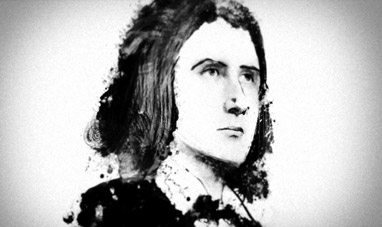

FRANZ LISZT
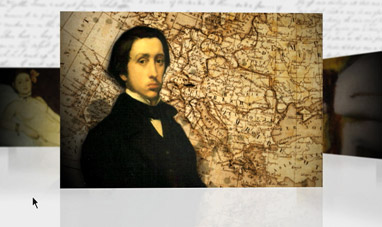

EDGAR DEGAS


MIES VAN DER ROHE


PIERRE AUGUSTE RENOIR
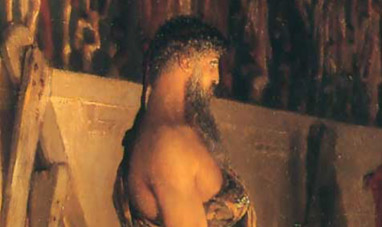

PHIDIAS
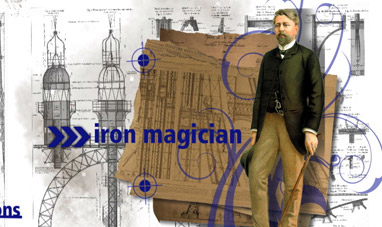

GUSTAVE EIFFEL
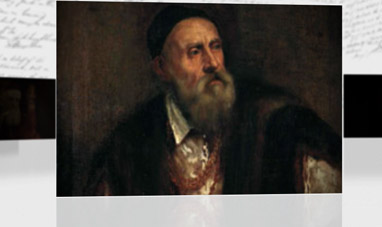

TITIAN
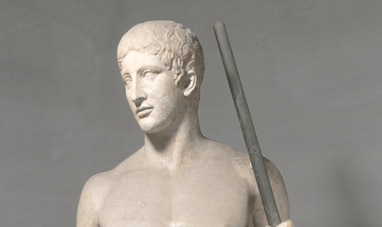

POLYCLEITUS
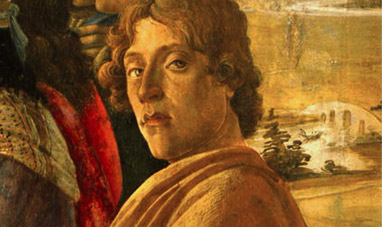

SANDRO BOTTICELLI
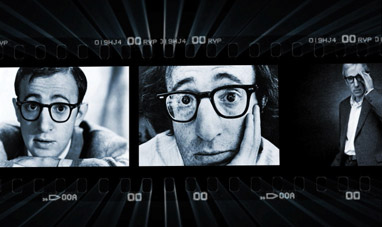

WOODY ALLEN


JEAN AUGUSTE DOMINIQUE INGRES
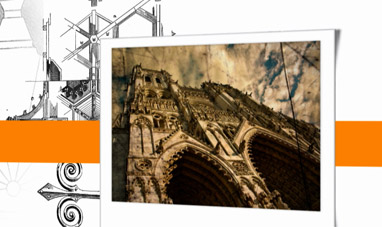

EUGÈNE VIOLET-LE-DUC


GABRIELE D'ANNUNZIO


ADOLF LOOS


CHARLES BUKOWSKI
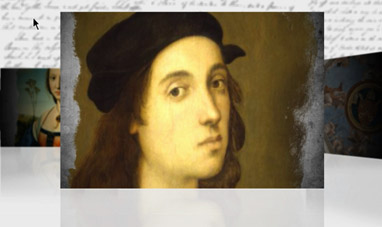

RAPHAEL


GIUSEPPE PENONE


GIACOMO PUCCINI
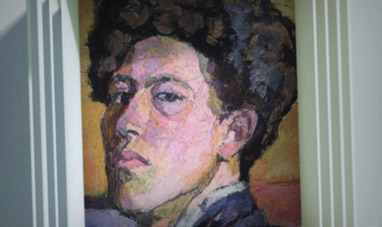

ALBERTO GIACOMETTI
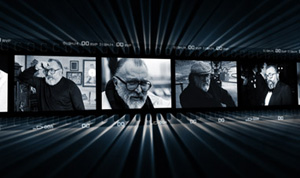

SERGIO LEONE
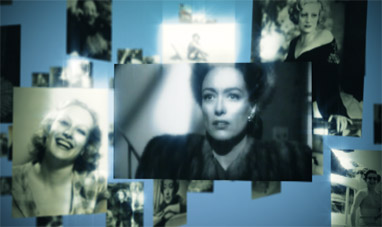

JOAN CRAWFORD
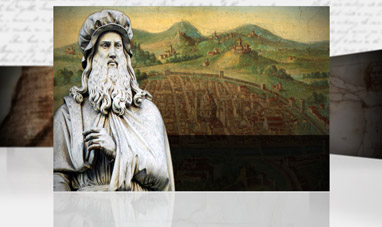

LEONARDO DA VINCI
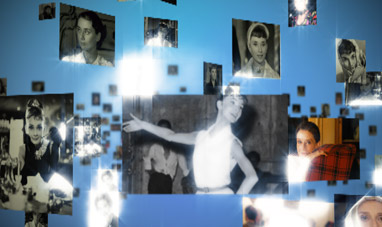

AUDREY HEPBURN
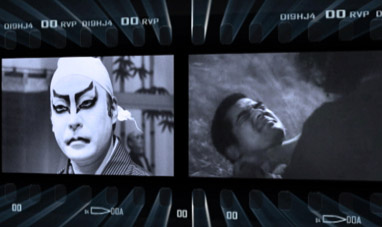

AKIRA KUROSAWA


GIAN MARIA VOLONTÉ
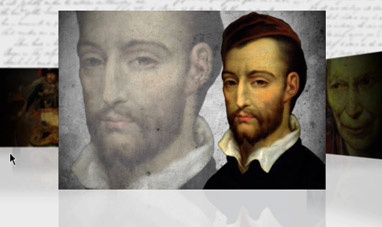

THÉODORE GÉRICAULT


JOHN WAYNE


FRANK LLOYD WRIGHT
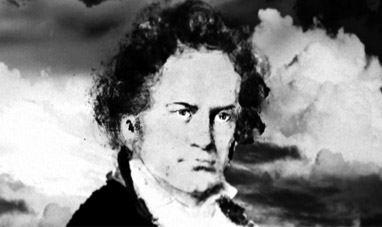

LUDWIG VAN BEETHOVEN


GEORGES MÉLIÉS
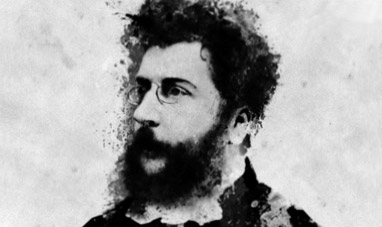

GEORGES BIZET
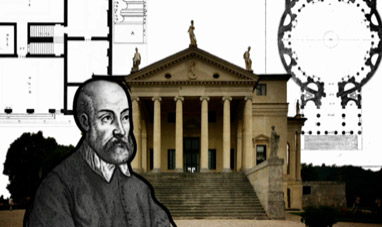

ANDREA PALLADIO
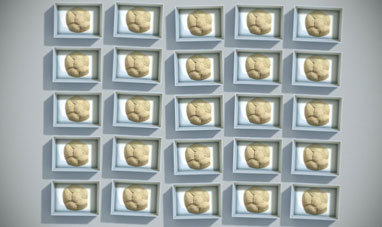

PIERO MANZONI
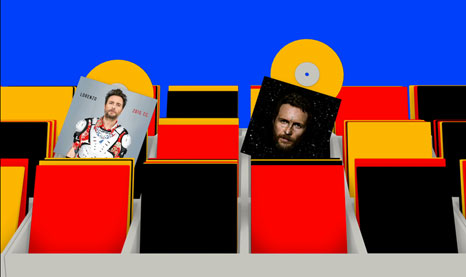

JOVANOTTI
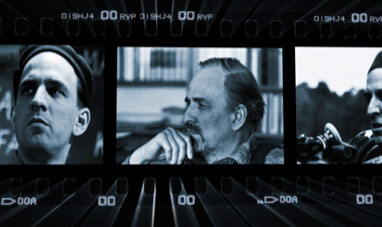

INGMAR BERGMAN
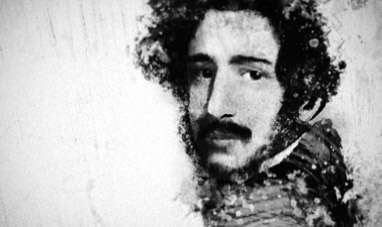

GAETANO DONIZETTI
